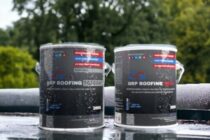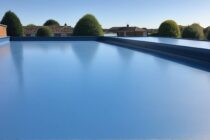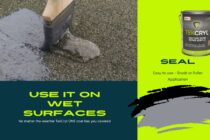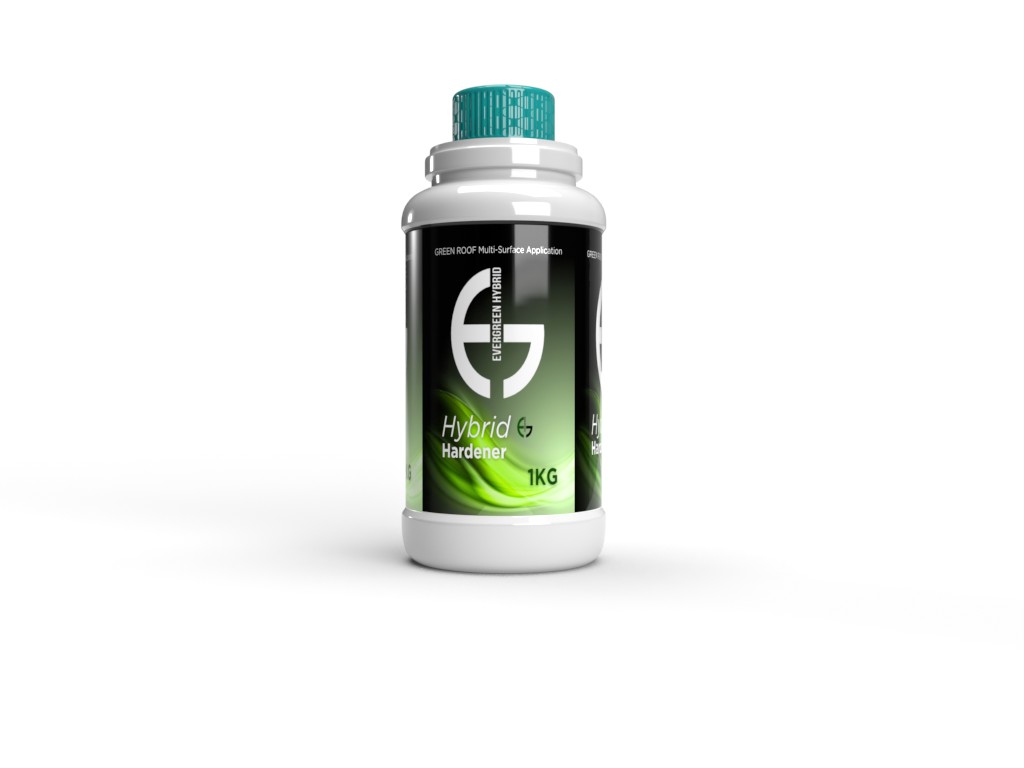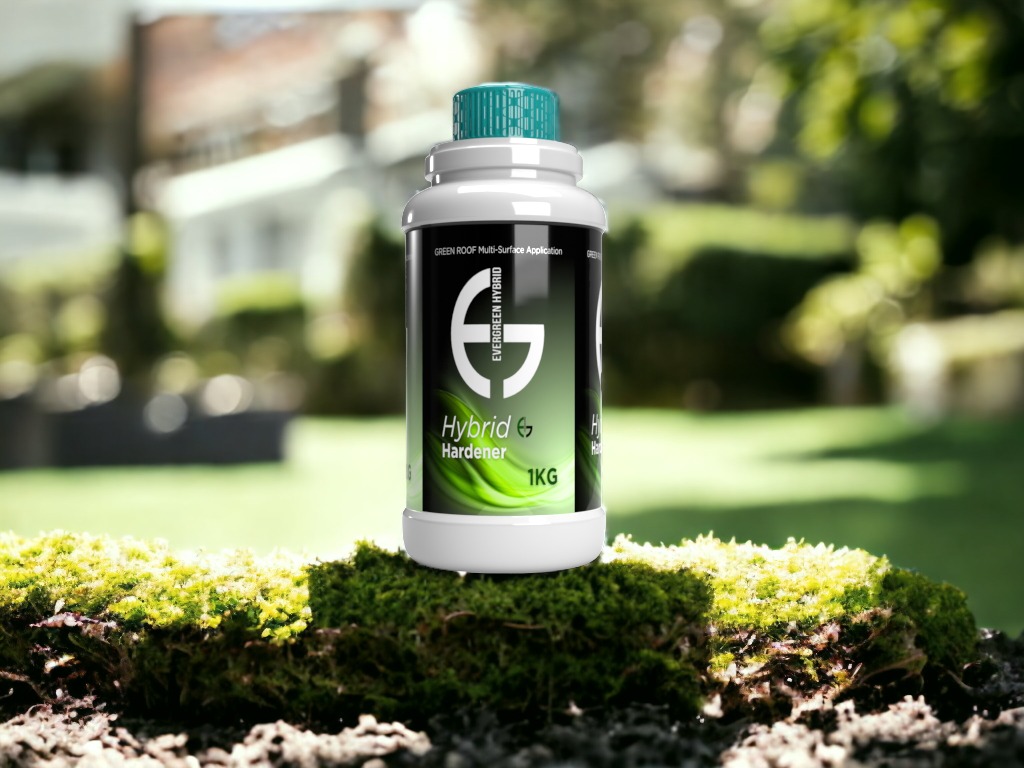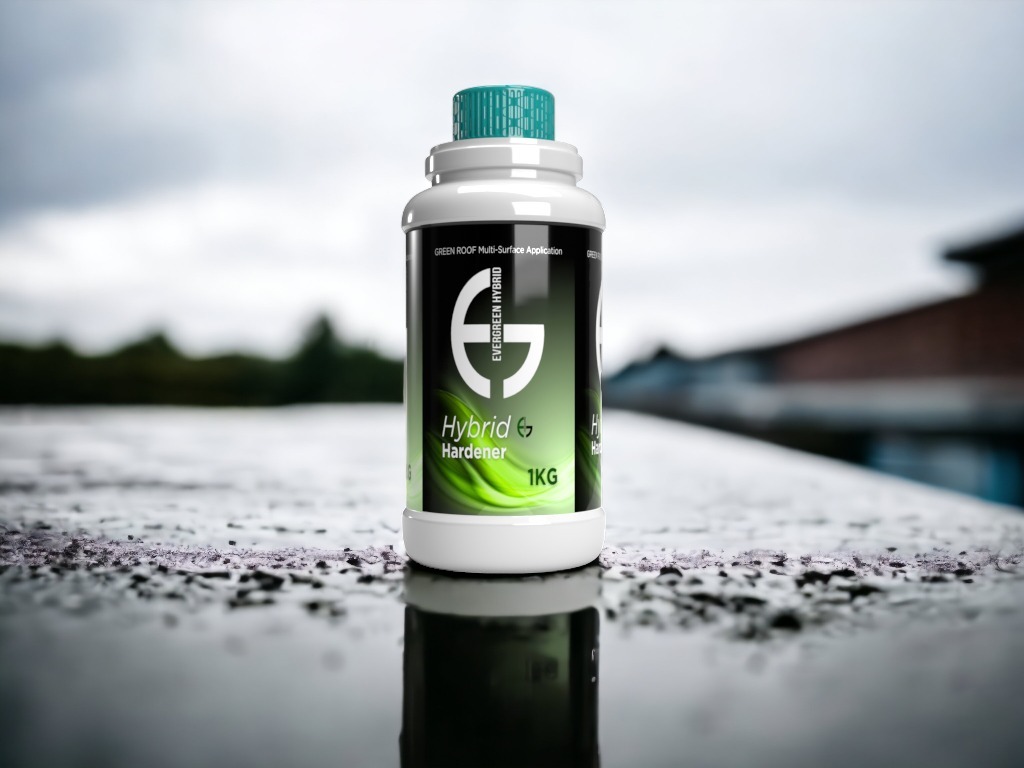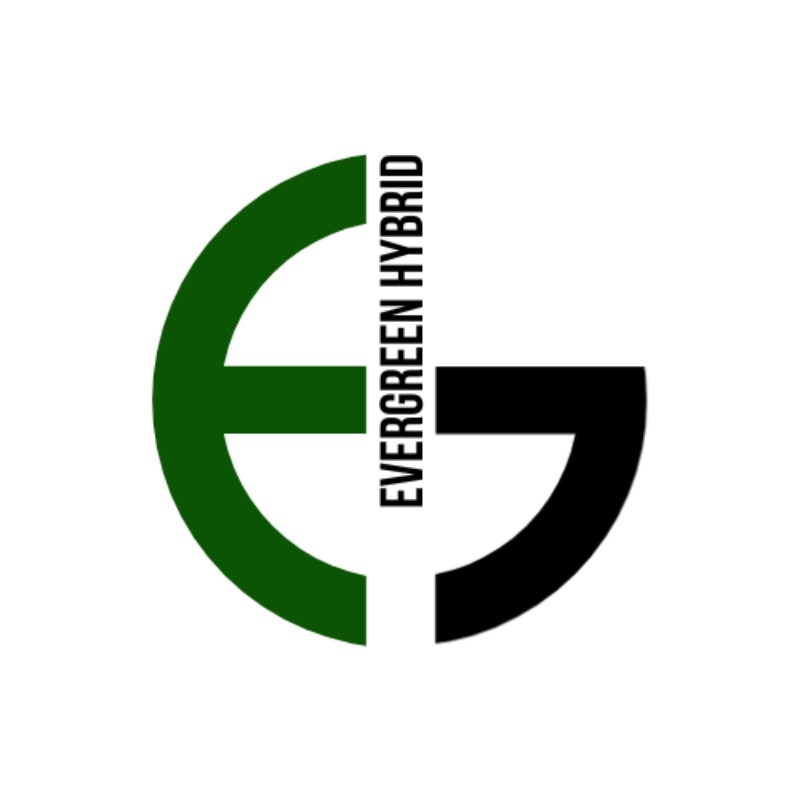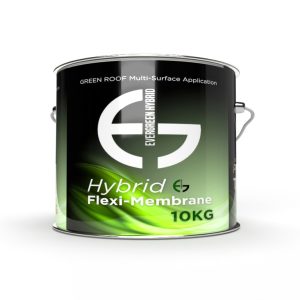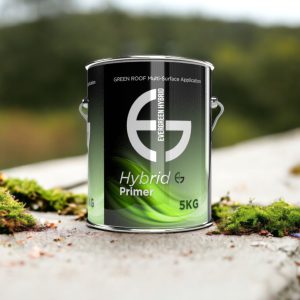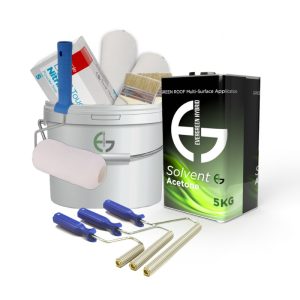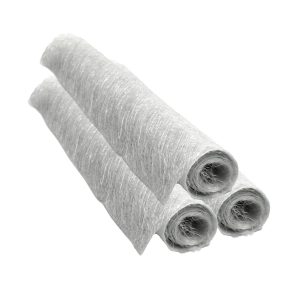Liquid Roof System Hardener
Original price was: £15.20.£14.36Current price is: £14.36. Excl Vat
890 in stock
Liquid Roof System Hardener MULTI-SEASON USE
Evergreen Hybrid Catalyst/Hardener Content: 1kg Catalyst
- Catalyst Coverage: refer to the coverage guide on page 16
- (1kg mixes 40kg of EverGreen Hybrid Flexi- Liquid Roof Membrane)
- (1kg mixes 40kg of EverGreen Hybrid Flexi- Liquid Roof Primer)
A Liquid Roofing System Hardener requires a catalyst or hardener to start the curing process when the liquid roofing system is mixed.
Where to Use Evergreen Hybrid Catalyst:
Evergreen Hybrid Catalyst is specifically formulated for use in conjunction with the EverGreen Hybrid Flexi-Liquid Roof Membrane.
Product Application:
This catalyst is employed for curing a diverse range of polyester resins, gel coats, bonding pastes, and pattern-coating paints. It is particularly effective in accelerating cure speed, making it advantageous in cooler conditions.
Preparation:
Ensure that the Catalyst dispenser is completely free from any contamination before use.
Application Guidelines:
Add a maximum of 3% Catalyst by volume, with a minimum of 1%. For instance, use a maximum of 30ml per kg or a minimum of 10ml per kg. Thorough hand mixing is essential, and mechanical mixing should be avoided. Please note that this information serves as a basic guide; for detailed instructions, refer to the user application guides provided.
Optimal Performance Recommendations:
For optimum performance, store the catalyst at a reasonable temperature of 0°C, keep it away from direct sunlight, and avoid exposure to acetone solutions.
Key Features:
- Controlled cure time
- Mixes with ease (self-searching characteristics)
Q&As for Liquid Roofing System Hardener:
1. Q: How does temperature affect the mixing of Liquid Roof System Hardener?
- A: Temperature significantly influences the curing time of GRP roofing systems. Warmer temperatures in summer generally accelerate the curing process, while colder temperatures in winter may slow it down.
2. Q: Can I use the same ratio of hardener to resin in both summer and winter?
- A: The ratio of hardener to resin may need adjustment based on temperature. In colder conditions, you might need to use a slightly higher percentage of hardener to compensate for slower curing times.
3. Q: What precautions should be taken when mixing Liquid Roof System Hardener in summer?
- A: In summer, work quickly to account for the shorter curing times. Keep materials in the shade, and avoid mixing large batches that may cure before application.
4. Q: How can I handle the extended curing times in winter when mixing hardener?
- A: In winter, consider using a faster-curing hardener or increasing the percentage of hardener to speed up the curing process. Ensure that the work area is adequately heated if possible.
5. Q: Can extreme temperatures affect the quality of the cured GRP roofing system?
- A: Yes, extreme temperatures, whether hot or cold, can impact the quality of the cured GRP roofing system. It's essential to follow manufacturer guidelines and make necessary adjustments based on ambient temperature.
6. Q: Should I store the Liquid Roofing System Hardener differently in summer and winter?
- A: Store the hardener in a cool, dry place. In summer, avoid direct sunlight and excessive heat exposure. In winter, prevent it from freezing. Adhering to proper storage conditions ensures the integrity of the hardener.
7. Q: What happens if the Liquid Roofing System Hardener is mixed incorrectly in terms of temperature?
- A: Incorrect temperature during mixing can lead to issues like insufficient curing or over-accelerated curing. This may affect the strength and performance of the GRP roofing system. Always follow manufacturer recommendations for temperature conditions.
8. Q: Are there specific hardeners recommended for different seasons?
- A: Some manufacturers offer hardeners with varying curing speeds. Choose a hardener that suits the ambient temperature conditions of the season you are working in.
9. Q: Can I mix hardener in direct sunlight?
- A: It's generally advisable to mix hardener in the shade, especially in hot summer conditions. Direct sunlight can accelerate the curing process, making it challenging to apply the mixture effectively.
10. Q: Should I adjust the application technique based on the season when mixing hardener? - A: Yes, adapt your application technique to the temperature. In summer, work efficiently and avoid prolonged exposure to sunlight. In winter, take measures to keep the work area warm and consider using faster-curing hardeners.
Additional information
| Weight | 1 kg |
|---|

